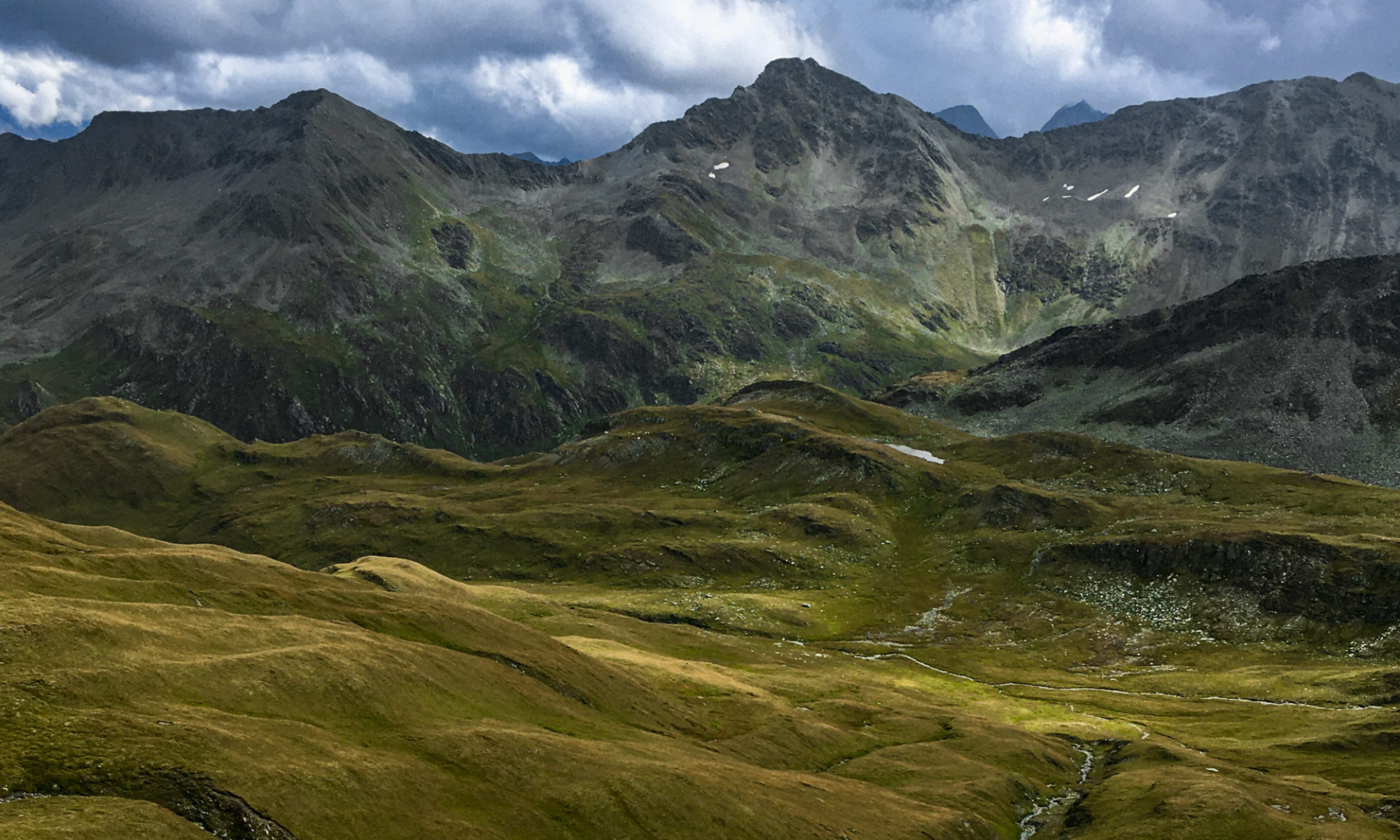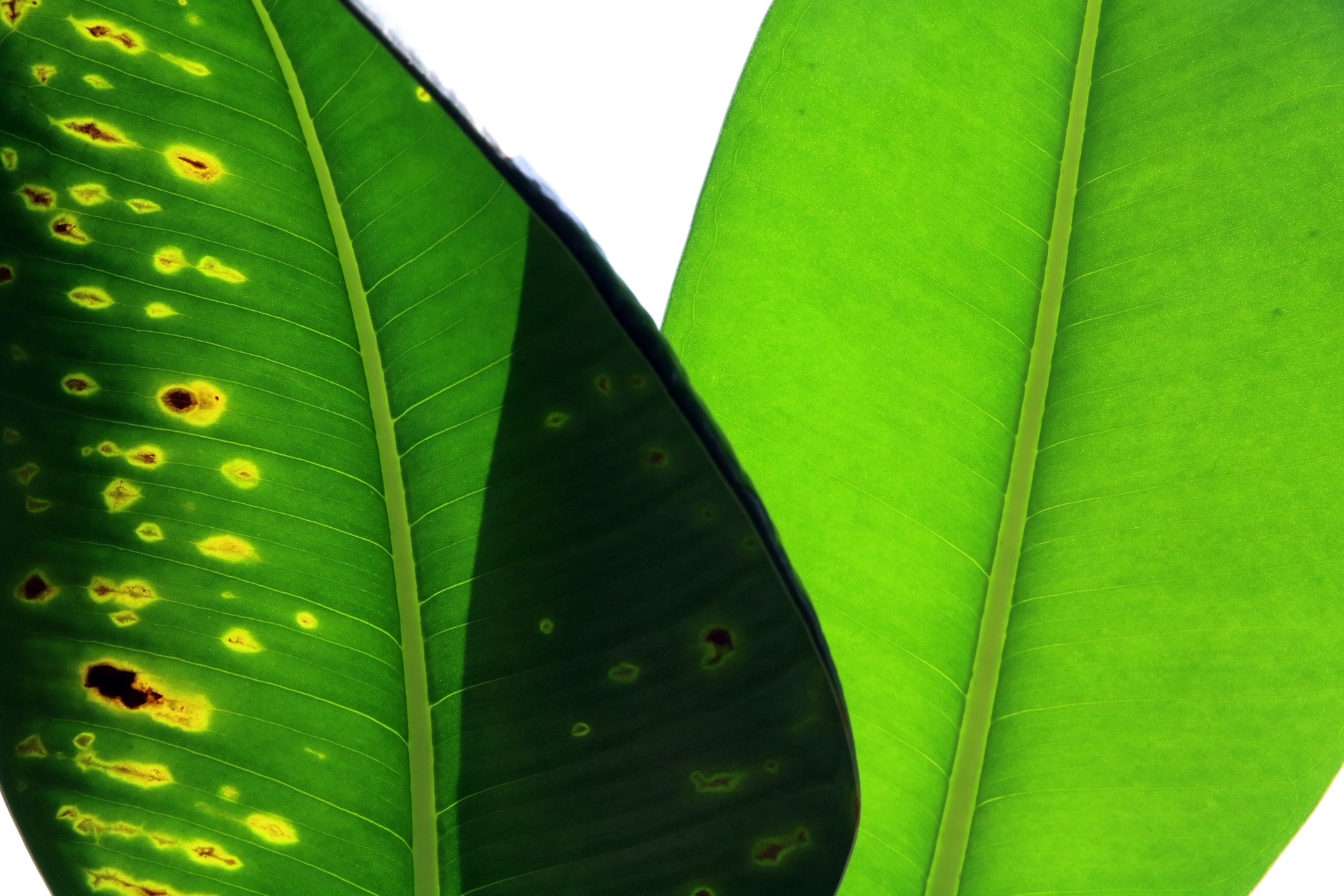
One is for sure: if we want to protect this earth, we have to rethink our transport system and, above all, how we use aeroplanes. Electric cars and biofuels could be the basis for a more sustainable future. But what should we pay attention to?
Flying is one of the reasons why my bad conscience sometimes gets quite loud. I love to travel, discover unfamiliar places and experience adventures. In the past, air traffic has contributed a great amount to climate change. Now, new greener methods are coming to daylight.

Why do I have a bad conscience?
Each year, 1.5 billion barrels of aircraft fuel is consumed, and by 2035 that number could double. This makes flying 12% of all CO2 emissions in traffic.
Here you can read more about the consequences of flying.

Which alternatives exist?
Bio-fuels made from camelina or algae can reduce the ecological footprint by 80%. However, the potentially more environmentally friendly variant is also twice as expensive and is used only slightly.
Example: Norway
Norway has apparently set itself the goal to make something different according to air traffic and thus contribute to climate protection.
That is why the use of biofuels is already being tested and used in Norway. At the airport in Oslo and Bergen, such mixes of biofuels and conventional kerosene in the ratio 50/50 are already used.
This made Oslo the first biofuel airport in 2016
Biofuel: what do we have to consider?
Where does the fuel come from?
Critics emphasize that the plant-based material should be converted as close as possible to biofuel. Often such plants are used because the import is cheaper. However, due to the effort to fly in the material, emissions exceed those emitted by conventional fuels such as kerosene.
Who benefits from it?
Lobbies or the environment? The oil company British petrol is looking for more sustainable business models and environmentally friendly fuels. Responsible for one of the biggest oil disasters (Deepwater Horizon 2010) arouses scepticism, at least for me.
The price?
Biofuels are about twice as expensive and are therefore not completely used. Airlines cannot or will not afford alternatives because flying would be more expensive for the consumer and there is a fear that sales will vanish.
Which and how much area is occupied?
If we cut down rainforests for biofuels, the negative environmental impact will outweigh the positive effect of the biofuel. In 100 years we will need the lungs of the earth, even though we hopefully have found ways to emit less CO2. Nor will our problems be solved if we use land that is fertile and on which food could be grown for humans.
A few more questions to think about:
Are animals or humans robbed of their habitats?
How are the biofuels produced?
How much water and energy is needed?
More sustainable alternatives
After I asked my professor at the university, for example, why you can fly the biofuels from Hawaii, she said that it was all about the price. Many plants can make energy available through certain processes.
The distance always plays a key role. In the case of Norway, for example, one could mix conventional fuels with Camelina plant oils, which are cultivated in Spain. More sustainable alternatives are, for example, leftovers from agriculture and forestry, or used oil which we used for cooking.
It is important that we agree on what a sustainable biofuel is and we use it globally to minimize the damage caused by flying.




